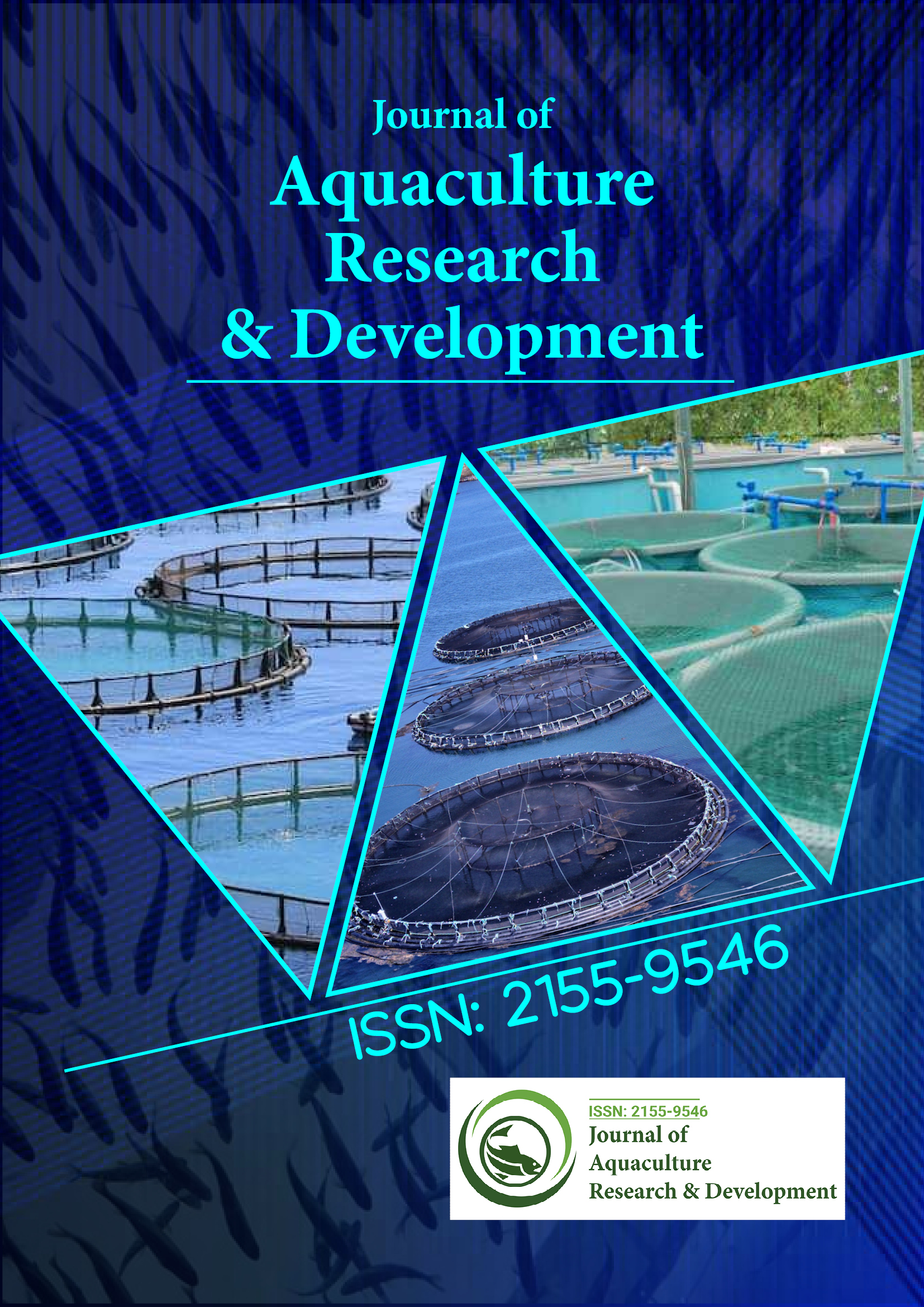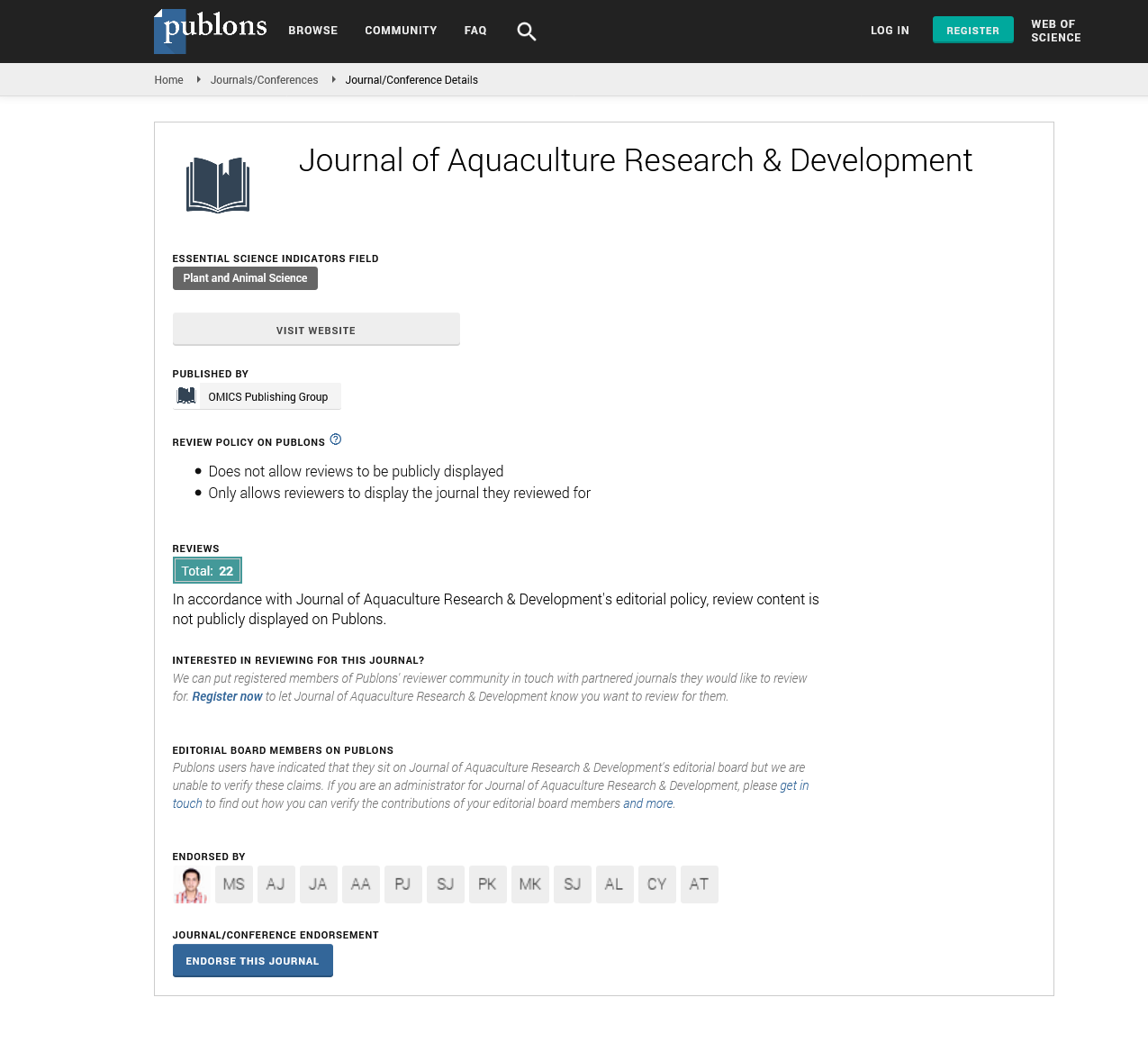Indexed In
- Online Access to Research in the Environment (OARE)
- Open J Gate
- Genamics JournalSeek
- JournalTOCs
- Scimago
- Ulrich's Periodicals Directory
- Access to Global Online Research in Agriculture (AGORA)
- Electronic Journals Library
- Centre for Agriculture and Biosciences International (CABI)
- RefSeek
- Directory of Research Journal Indexing (DRJI)
- Hamdard University
- EBSCO A-Z
- OCLC- WorldCat
- Scholarsteer
- SWB online catalog
- Virtual Library of Biology (vifabio)
- Publons
- MIAR
- University Grants Commission
- Euro Pub
- Google Scholar
Useful Links
Share This Page
Journal Flyer

Open Access Journals
- Agri and Aquaculture
- Biochemistry
- Bioinformatics & Systems Biology
- Business & Management
- Chemistry
- Clinical Sciences
- Engineering
- Food & Nutrition
- General Science
- Genetics & Molecular Biology
- Immunology & Microbiology
- Medical Sciences
- Neuroscience & Psychology
- Nursing & Health Care
- Pharmaceutical Sciences
Opinion Article - (2025) Volume 16, Issue 2
Algal Lipid Profiles as Sustainable Feed Alternatives
Matteo Lindgen*Received: 03-Feb-2025, Manuscript No. JARD-25-28617; Editor assigned: 05-Feb-2025, Pre QC No. JARD-25-28617 (PQ); Reviewed: 19-Feb-2025, QC No. JARD-25-28617; Revised: 26-Feb-2025, Manuscript No. JARD-25-28617 (R); Published: 05-Mar-2025, DOI: 10.35248/2155-9546.25.16.962
Description
The search for sustainable and nutritionally rich alternatives to traditional fishmeal and fish oil in aquaculture has led to growing interest in algal lipids. Microalgae and macroalgae possess unique lipid profiles that make them a promising substitute for marine-derived lipids. The increasing pressure on wild fish stocks and the environmental footprint associated with conventional feed sources have accelerated research into algal-based feeds. Algal lipids, characterized by high concentrations of omega-3 Long-Chain Polyunsaturated Fatty Acids (LC-PUFAs), especially Eicosapentaenoic Acid (EPA) and Docosahexaenoic Acid (DHA), offer functional benefits to fish growth, health, and product quality. These essential fatty acids are crucial for cell membrane integrity, immune modulation, and reproductive performance in farmed fish species.
Various microalgal species such as Schizochytrium sp., Nannochloropsis gaditana, and Isochrysis galbana have been identified as potent lipid sources due to their rich fatty acid content. Schizochytrium, for instance, contains over 30% DHA in its total lipid content, making it comparable to traditional fish oil. Moreover, microalgae can be cultivated under controlled conditions with minimal land and freshwater use, further supporting their environmental sustainability. The lipid yield and composition of algae can be manipulated through culture conditions such as light intensity, nutrient availability, and temperature, allowing for the targeted enhancement of desired fatty acid profiles. This tunability offers aquafeed producers a level of flexibility that is difficult to achieve with wild-harvested fish oils.
Feeding trials conducted with algae-based diets in species like Atlantic salmon, European sea bass, and tilapia have demonstrated encouraging results. Replacement of fish oil with algal oil at varying inclusion levels did not compromise growth performance or feed conversion ratios. In some cases, algal supplementation improved the fillet quality by increasing the omega-3 content, which is a highly sought-after nutritional trait in consumer markets. In addition to their nutritional value, algal lipids exhibit antioxidative and anti-inflammatory properties that contribute to better immune responses and stress tolerance in cultured fish. This dual function of algaeâ??as both a nutrient source and a health-promoting additiveâ??underscores their significance in modern aquaculture practices.
One of the advantages of algal lipid incorporation is the reduced dependency on fish-derived resources, thereby mitigating the ecological concerns of overfishing and biodiversity loss. By decoupling feed production from wild fisheries, aquaculture operations become more self-sufficient and resilient to market fluctuations in fish oil availability and pricing. Moreover, algae-based feeds may enhance the traceability and consumer acceptance of aquaculture products labeled as sustainable and responsibly sourced. The ability to grow algae on waste carbon dioxide or nutrient-rich wastewater streams further enhances their role in circular bioeconomy models, reducing environmental impact while producing valuable biomass.
Despite these advantages, some technical and economic challenges remain. The cost of algal lipid production is still higher than that of conventional fish oils, largely due to cultivation, harvesting, and downstream processing expenses. However, ongoing improvements in photobioreactor design, strain selection, and bioprocess optimization are rapidly lowering production costs. The co-production of multiple high-value compounds such as pigments, proteins, and bioactives from algae may improve the overall economic feasibility through integrated biorefinery approaches.
Another area of concern is the digestibility and bioavailability of algal lipids in different fish species. Although algal oils are generally well-absorbed, factors such as cell wall composition and processing methods can affect nutrient assimilation. To overcome these limitations, researchers are exploring enzymatic treatments, microencapsulation, and fermentation-based techniques to enhance lipid release and uptake. Additionally, regulatory frameworks for the use of novel algal products in aquafeeds vary across regions, and harmonization of standards will be critical to ensure market access and consumer confidence.
The potential of algal lipid profiles to serve as sustainable feed alternatives in aquaculture is increasingly supported by scientific evidence and commercial interest. As the aquaculture industry faces the dual challenge of feeding a growing global population while preserving marine ecosystems, algae offer a viable and ecologically sound solution. By tapping into the biochemical diversity and adaptability of algae, researchers and feed manufacturers can design next-generation aquafeeds that not only support optimal fish health and growth but also align with sustainability goals. The continued integration of algal lipids into commercial diets, backed by innovation and policy support, could mark a transformative shift in how aquaculture secures its nutritional foundations for the future.
Citation: Lindgen M (2025). Algal Lipid Profiles as Sustainable Feed Alternatives. J Aquac Res Dev. 16:962.
Copyright: © 2025 Lindgen M. This is an open access article distributed under the terms of the Creative Commons Attribution License, which permits unrestricted use, distribution, and reproduction in any medium, provided the original author and source are credited.

